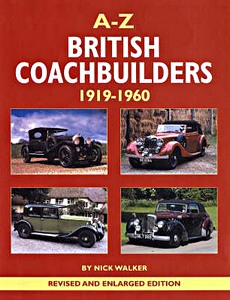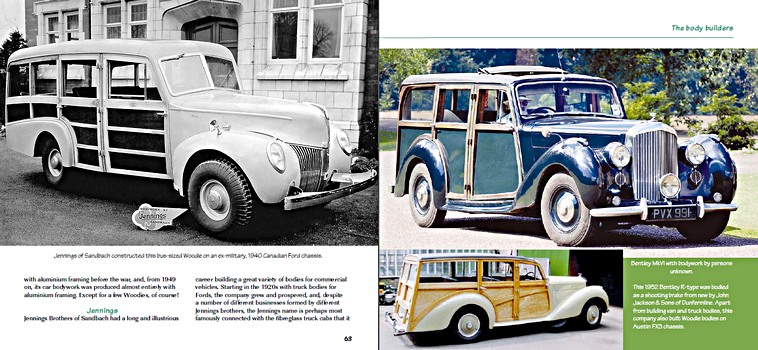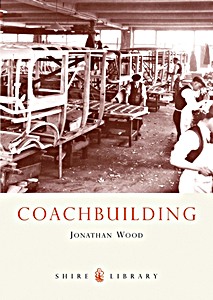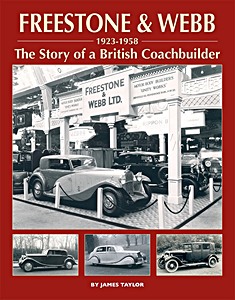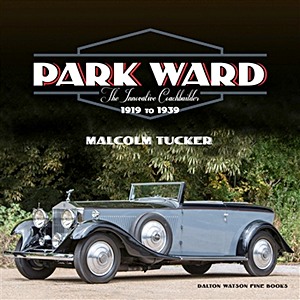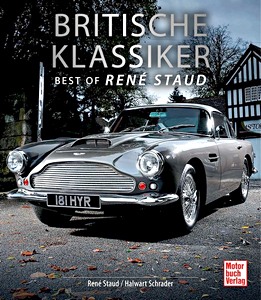Park Ward - The Innovative Coachbuilders 1919-1939
Dieses umfassende dreibändige Werk behandelt die Vorkriegsgeschichte und Automobile von Park Ward, einem der bedeutendsten britischen Karosseriebauer. Park Ward war der wichtigste Karosseriebauer für Rolls-Royce und Bentley und fertigte über 4.300 Fahrzeuge.
Band I und II erzählen die Geschichte von Park Ward & Co Ltd., ihre führenden Persönlichkeiten und die enge Zusammenarbeit mit Rolls-Royce. Enthalten sind Fotografien aller Rolls-Royce-Modelle vom Silver Ghost bis zum Wraith mit Park-Ward-Karosserien sowie Kapitel über W.O. Bentley-Fahrzeuge, Experimentalmodelle, London Motor Show-Fahrzeuge und Entwürfe für andere Marken. Zudem sind Werbematerialien und Kataloge enthalten. Ein Anhang bietet Artikel von "Bill" Ward über die Entwicklung des Karosseriebaus.
Band III enthält detaillierte Tabellen zu über 3.000 Rolls-Royce und Bentley mit Park-Ward-Karosserien sowie über 1.000 weitere Fahrzeuge. Zudem sind über 700 seltene Verkaufsaufträge aus den Archiven von Park Ward abgedruckt.
Das Werk stammt von Malcolm Tucker, einem Rolls-Royce- und Bentley-Historiker und ehemaligen Vorsitzenden des Rolls-Royce Enthusiasts' Club, und behandelt Modelle wie die Phantom-Reihe, 20 HP, Derby Bentleys und mehr.
Behandelte Themen:
- Park Ward und sein Unternehmen
- Die Autos von W.O. Bentley
- Rolls-Royce und Derby Bentley Experimental Cars
- Rolls-Royce Silver Ghost
- Rolls-Royce 20 PS
- Rolls-Royce Phantom I
- Rolls-Royce 20/25 PS
- Rolls-Royce Phantom II
- Rolls-Royce 25/30 PS
- Rolls-Royce Phantom III
- Rolls-Royce Wraith
- Derby Bentleys
- Showautos und mehr!
Details
| Autor: | Malcolm Tucker |
|---|
| Ausführung: | 1240 Seiten, 25.5 x 31.5 x 10.9 cm, gebunden |
|---|
| Abbildungen: | 1593 farbige und s/w-Abbildungen, Zeichnungen |
|---|
| Verlag: | Dalton Watson Fine Books (USA, 2019) |
|---|
| ISBN: | 9781854433015 |
|---|

